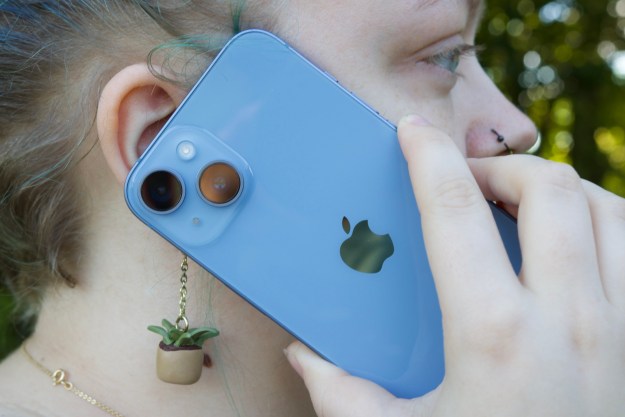
Check out our review of the LG G Flex smartphone.
The G Flex’s fast-turning rumor mill finally came to a halt Sunday evening when Korean tech company LG officially announced its new device.
The handset comes with a 6-inch 720p OLED display that curves from top to bottom, differing from Samsung’s recently released Galaxy Round, which bends from side to side. LG says the curve has been “optimized for the average face” – is yours average enough? – to deliver superior voice and sound quality.
Weighing in at 177 grams, the new smartphone ranges in thickness from 7.9mm to 8.7mm along the curve. Under the hood you’ll find a 2.26GHz quad-core Snapdragon 800 processor, 2GB of RAM, a 13-megapixel rear camera and 2.1-megapixel front one, and a curved 3,500 mAh battery.

LG is pushing its new Android handset on the idea that the curved design will make for a more comfortable phone-calling experience. It also says it’s better suited for watching video compared to your run-of-the-mill flat phone, claiming it offers “an IMAX-like experience”. That’s a pretty lofty claim for a 6-inch display, but keep it held within a few inches of your face and you never know.
The G Flex’s top-to-bottom bend means it’ll fill out pockets a little more, which may put off some consumers who don’t want to look as if they’re pleased to see everyone they meet, though perhaps the curve is subtle enough to prevent it from becoming too much of an issue.

Those keen to feel the G Flex’s gentle curvature will unfortunately have to wait – unless you live in South Korea. The new handset will launch on LG’s home turf in November, but the company is yet to offer any details on an international release.
[LG Newsroom pdf]
Editors' Recommendations
- LG’s new foldable display bends both ways and doesn’t crease
- The 6 worst LG smartphones of all time, ranked


